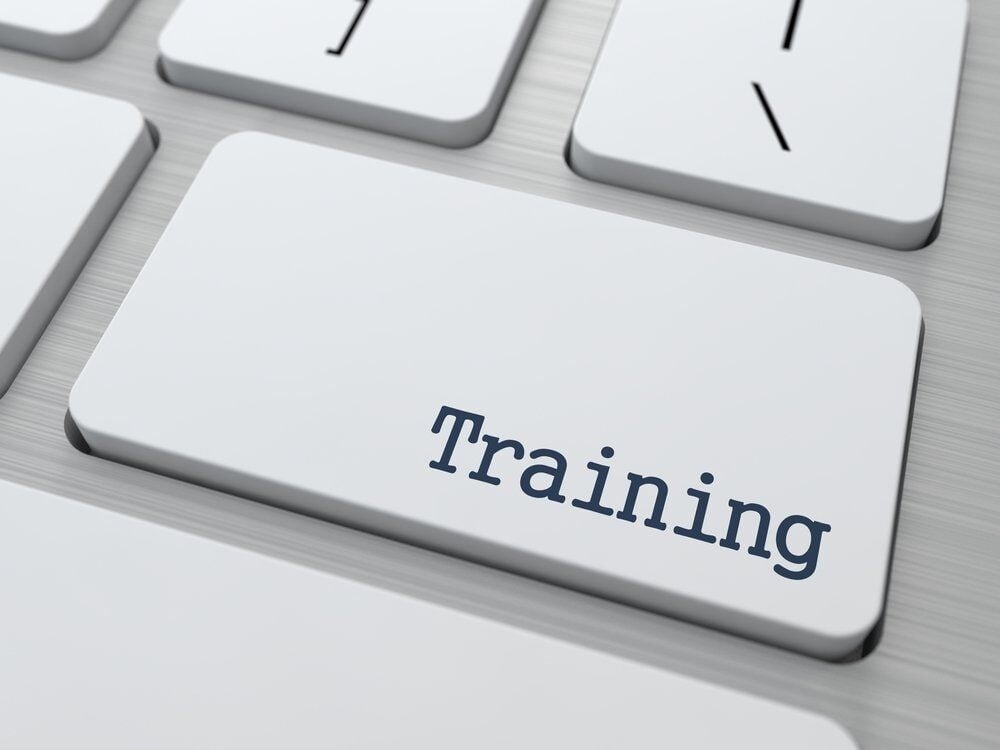The Future of HR: 6 Trends for 2025
August 13th, 2024
7 min read

As we move further into the 2020s, the world of work continues to evolve at a rapid pace. Navigating the rapidly changing HR landscape can be overwhelming, especially with the ongoing challenges posed by remote work, AI, and employee well-being. The ongoing impact of the COVID-19 pandemic, coupled with technological advancements and shifting employee expectations, has created a dynamic landscape for human resources (HR) professionals.
At Lift HCM, we’ve been at the forefront of these changes, helping organizations adapt and thrive. In this article, we’ll explore the six key HR trends for 2025 and provide actionable insights to help you stay ahead of the curve.
Table of Contents
- Trend 1: The Rise of Remote and Hybrid Work Models
- Trend 2: The Integration of Artificial Intelligence (AI) in HR Processes
- Trend 3: Emphasis on Employee Well-being and Mental Health
- Trend 4: The Growing Importance of Diversity, Equity, and Inclusion (DEI)
- Trend 5: Upskilling and Reskilling for the Future of Work
- Trend 6: The Rise of People Analytics
- Is Your Business Ready for Workforce HR in 2025?
Trend 1: The Rise of Remote and Hybrid Work Models
The shift towards remote and hybrid work models has been one of the most significant changes in workforce management over the past few years, and this trend is set to continue in 2025; according to a 2023 survey by FlexJobs, 65% of employees want to work remotely full-time, while 31% prefer a hybrid arrangement. This indicates a strong preference for flexible work options, which can lead to increased employee satisfaction and reduced overhead costs for businesses.
Below is a chart illustrating the adoption of remote and hybrid work models over time.
To support this trend, HR teams will need to focus on developing robust remote work policies, investing in digital collaboration tools, and ensuring that remote employees have access to the same resources and opportunities as their in-office counterparts. Additionally, HR professionals must adapt their recruitment and onboarding processes to accommodate remote hires and create a strong virtual company culture.
Best Practices for Implementing Remote/Hyrbid Work Models
- Invest in Technology: Invest in technologies that enable seamless virtual collaboration, such as video conferencing, project management tools, and virtual whiteboards. Zoom, Slack, and Microsoft Teams are popular platforms for maintaining productivity.
- Set Clear Expectations: Develop clear guidelines and policies for hybrid work, including expectations for communication, collaboration, and performance management.
- Foster a Strong Company Culture: Encourage regular virtual team-building activities and check-ins to maintain morale and a sense of community. For example, create in-person connections and team-building opportunities, such as quarterly offsites or co-working days.
Trend 2: The Integration of Artificial Intelligence (AI) in HR Processes
Artificial intelligence (AI) is already transforming many aspects of HR, from recruitment and selection to performance management and employee engagement. By 2025, we can expect to see even greater integration of AI in HR processes as organizations leverage technology to streamline and optimize their HR functions.
For example, AI-powered recruiting tools can help companies identify top candidates more quickly and efficiently, while chatbots can provide instant support to employees with HR-related questions. AI can also be used to analyze employee data and provide insights into workforce trends, helping HR teams make data-driven decisions.
A McKinsey report estimates that by 2030, automation could boost global productivity growth by 0.8 to 1.4 percent annually. This technological shift is also expected to enhance the employee experience, with 77% of HR professionals believing that AI will help improve it by automating repetitive tasks and providing valuable insights.
Best Practices for Integrating Artificial Intelligence
- Augment, Don’t Replace: Ensure that AI and automation are used to augment, not replace, human decision-making.
- Bias Audits: Regularly audit AI systems for potential biases and ensure compliance with relevant laws and regulations.
- Transparency: Communicate transparently with employees about how AI and automation are being used in HR processes.
Trend 3: Emphasis on Employee Well-Being and Mental Health
The pandemic has also brought employee well-being and mental health to the forefront of HR priorities. As workers faced unprecedented levels of stress, anxiety, and burnout, organizations began to recognize the importance of supporting their employees' overall well-being. By 2025, we can expect to see a continued emphasis on employee well-being and mental health, with more companies offering comprehensive wellness programs, mental health resources, and flexible work arrangements to support their employees.
Employees seek workplaces prioritizing their well-being, and businesses that need to address this may face higher turnover rates and lower employee engagement. By the same token, companies are increasingly recognizing that investing in these areas is crucial for several reasons:
- Return on Investment: The World Health Organization (WHO) reports that for every $1 invested in mental health programs, companies see a return of $4 in improved health and productivity.
- Enhanced Productivity: A healthy, happy workforce is more productive, directly impacting a company's bottom line.
- Improved Retention: Supporting mental health can lead to better employee retention and reduce turnover costs.
- Increased Loyalty and Engagement: Employees who feel their well-being is prioritized tend to be more loyal and engaged with their work.
HR teams will need to prioritize the development of proactive well-being initiatives, such as stress management workshops, mindfulness programs, and employee assistance programs. They will also need to train managers to recognize signs of mental health struggles among their team members and provide the necessary support and resources.
Below is the bar chart illustrating the adoption rates of various mental health support initiatives.
Strategies for Promoting Employee Well-Being
To foster a supportive work environment, consider implementing the following initiatives:
Mental Health Support: Provide access to mental health resources, such as counseling services, mental health days, and employee assistance programs (EAPs). Promote awareness through workshops, webinars, and training sessions on topics like stress management and resilience.
Flexible Work Arrangements: Offer flexible working hours, remote work options, and compressed workweeks to help employees balance their personal and professional lives. Encourage a culture of understanding and support for employees who need to manage personal commitments.
Physical Well-Being Programs: Implement wellness programs that include fitness challenges, gym memberships, and healthy eating initiatives. Provide ergonomic office equipment and encourage regular breaks to reduce physical strain and promote movement.
Recognition and Rewards: Develop a system for recognizing and rewarding employees for their hard work and achievements, which can boost morale and motivation. Use both formal (e.g., awards, bonuses) and informal (e.g., shout-outs, team celebrations) recognition methods.
Trend 4: The Growing Importance of Diversity, Equity, and Inclusion (DEI)
Diversity, equity, and inclusion (DEI) have become increasingly important topics in recent years, and this trend is set to continue in 2025. As organizations recognize the business benefits of a diverse and inclusive workforce, such as increased innovation, better decision-making, and improved financial performance, they will place greater emphasis on DEI initiatives.
HR teams will need to take a leading role in developing and implementing DEI strategies, such as setting diversity hiring goals, providing unconscious bias training, and creating employee resource groups. They will also need to ensure that their policies and practices are equitable and inclusive and that they are actively working to create a culture of belonging for all employees.
Best Practices to Foster DEI
- Ensure that DEI is a strategic priority, with visible commitment and support from senior leaders.
- Embed DEI into all aspects of the employee lifecycle, from recruiting and onboarding to performance management and advancement.
- Regularly measure and report on DEI metrics, such as representation, pay equity, and employee engagement.
- Cultivate a culture of belonging where all employees feel valued, respected, and heard.
Trend 5: Upskilling and Reskilling for the Future of Work
In 2025, the rapid pace of technological advancements and changing market demands make skills development and continuous learning more crucial than ever. According to the World Economic Forum, 50% of all employees will need reskilling by 2025 due to the adoption of new technologies. Companies that invest in continuous learning programs are better positioned to stay competitive and meet future challenges.
As the nature of work continues to evolve, many jobs are becoming increasingly automated or obsolete. At the same time, new jobs are emerging that require different skills and competencies. To remain competitive in this changing landscape, organizations will need to invest in upskilling and reskilling their employees to prepare them for the jobs of the future.
Effective Training Programs
To ensure successful skills development and continuous learning, consider implementing the following strategies:
Personalized Learning Paths: Use AI-driven platforms to create customized learning paths tailored to individual employee needs and career goals. This ensures that training is relevant and engaging.
Blended Learning Approaches: Combine traditional classroom training with online courses, workshops, and hands-on projects. This mixed approach caters to different learning styles and provides a more comprehensive learning experience.
Regular Skill Assessments: Conduct regular assessments to identify skill gaps and measure progress. Use this data to adjust training programs and address specific needs.
Mentorship and Coaching: Establish mentorship and coaching programs to provide employees with guidance and support from more experienced colleagues. This helps in practical skill application and career development.
Encourage a Learning Culture: Encourage employees to pursue further education, attend industry conferences, and participate in professional development opportunities to foster a culture that values continuous learning.
Trend 6: The Rise of People Analytics
People analytics, which involves using data and analytics to make better HR decisions, has been gaining traction in recent years. By 2025, we can expect to see an even greater emphasis on people analytics as organizations look to leverage data to drive business outcomes.
HR teams will need to develop their data literacy skills and invest in analytics tools and platforms to collect, analyze, and interpret employee data. This data can be used to identify trends and patterns in areas such as employee engagement, productivity, and turnover and to develop targeted interventions to address any issues.
The chart below illustrates workforce demographics and skill levels across different age groups. Each bar segment represents the number of employees at different skill levels (Entry, Intermediate, Advanced) within each age group.

Examples of People Analytics in Action
Performance Metrics: To assess employee performance and track key performance indicators (KPIs) such as productivity, efficiency, and quality of work. Use this data to identify high performers, understand trends, and address areas needing improvement.
Employee Engagement: Monitor engagement levels through surveys, feedback tools, and sentiment analysis. Identify factors that contribute to high or low engagement and take action to improve the work environment. Analyse turnover rates and reasons for employee departures to develop strategies for retaining top talent.
Recruitment and Hiring: Use data to enhance recruitment by identifying the most effective sourcing channels, evaluating candidate fit, and predicting long-term success. Implement predictive analytics to forecast future hiring needs and plan recruitment strategies accordingly.
Workforce Planning: Analyze workforce demographics, skill sets, and productivity to plan for future staffing needs. Use data to identify potential skill gaps and plan training and development initiatives to address them.
A study by Deloitte found that companies with advanced people analytics capabilities are 4.3 times more likely to outperform their peers. Leveraging data and analytics can provide valuable insights into employee performance, engagement, and overall organizational efficiency. This approach allows companies to make informed decisions that drive success.
However, as with AI, it will be important for HR professionals to use people analytics ethically and responsibly. This means being transparent about how employee data is collected and used, ensuring that it is protected, and involving employees in the process.
Is Your Business Ready for Workforce HR in 2025?
As we approach 2025, HR practices are rapidly evolving to meet the changing needs of the modern workforce. By focusing on employee well-being, diversity and inclusion, continuous learning, and data-driven decision-making, organizations can build a resilient and future-ready workforce.
HR leaders must stay agile, adapting their strategies to enhance employee engagement and performance in this dynamic environment. To successfully navigate these trends and optimize your workforce management, consider partnering with Lift HCM. Our expertise can help you transform these insights into tailored strategies, ensuring your organization is well-prepared for the challenges and opportunities ahead.
Together, we can create a workplace that not only meets today's demands but excels in the future, fostering a high-performing organization ready to thrive in the years to come.
Please note that this article does not cover all possible scenarios, and any discussions or viewpoints should not be considered as legal advice. For specific legal guidance, readers are advised to consult with legal professionals.
 If you are not yet ready to speak with a team member, you may find these resources helpful:
If you are not yet ready to speak with a team member, you may find these resources helpful:
Caitlin Kapolas is a results-driven professional with a strong background in account management and retail. She is dedicated to improving client experiences and building lasting relationships. Caitlin excels in identifying client needs, resolving issues, and implementing customized solutions that drive value. Her effective communication skills ensure high client satisfaction and loyalty, making her a trusted advisor and partner in meeting client needs with precision and professionalism.
Topics:




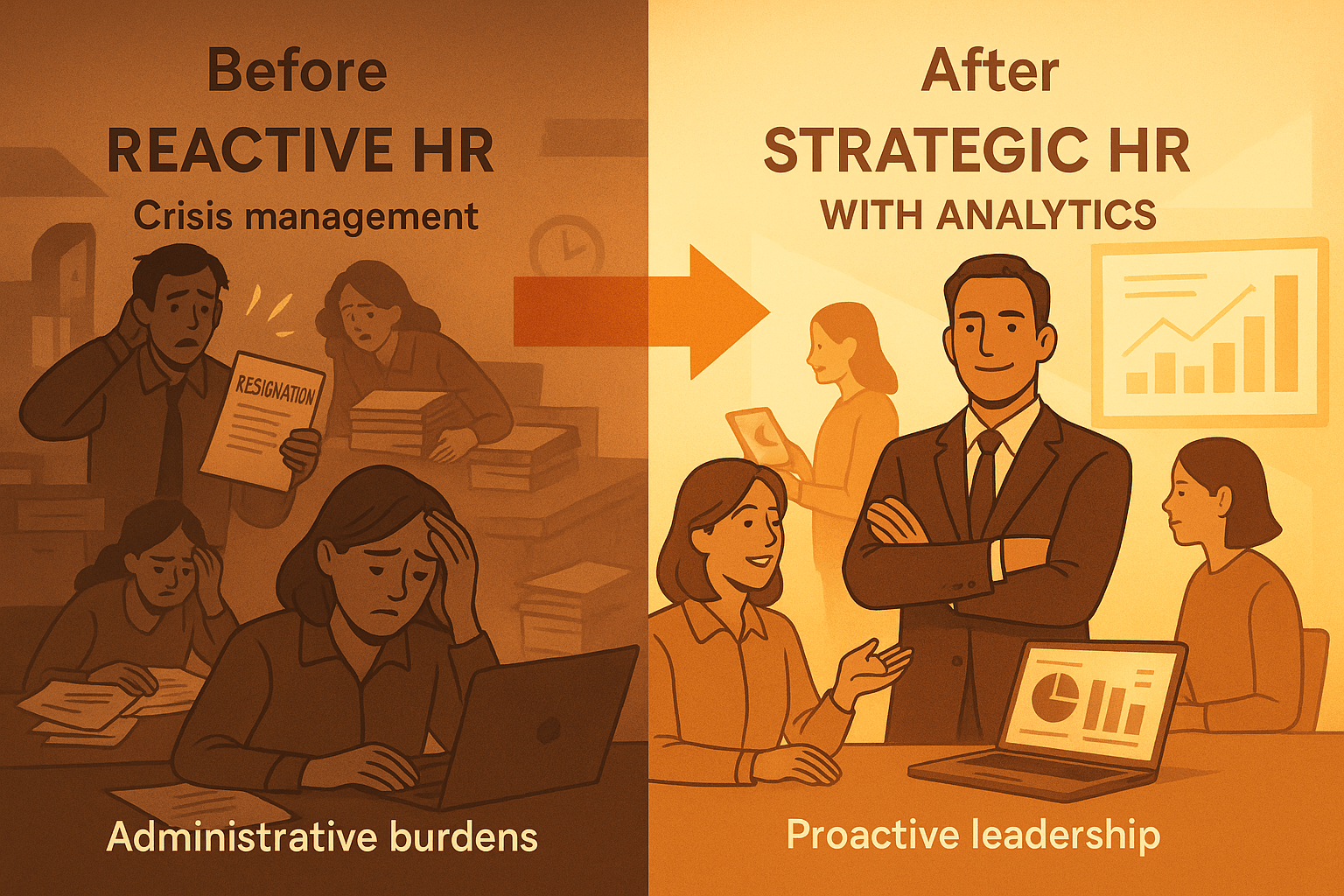
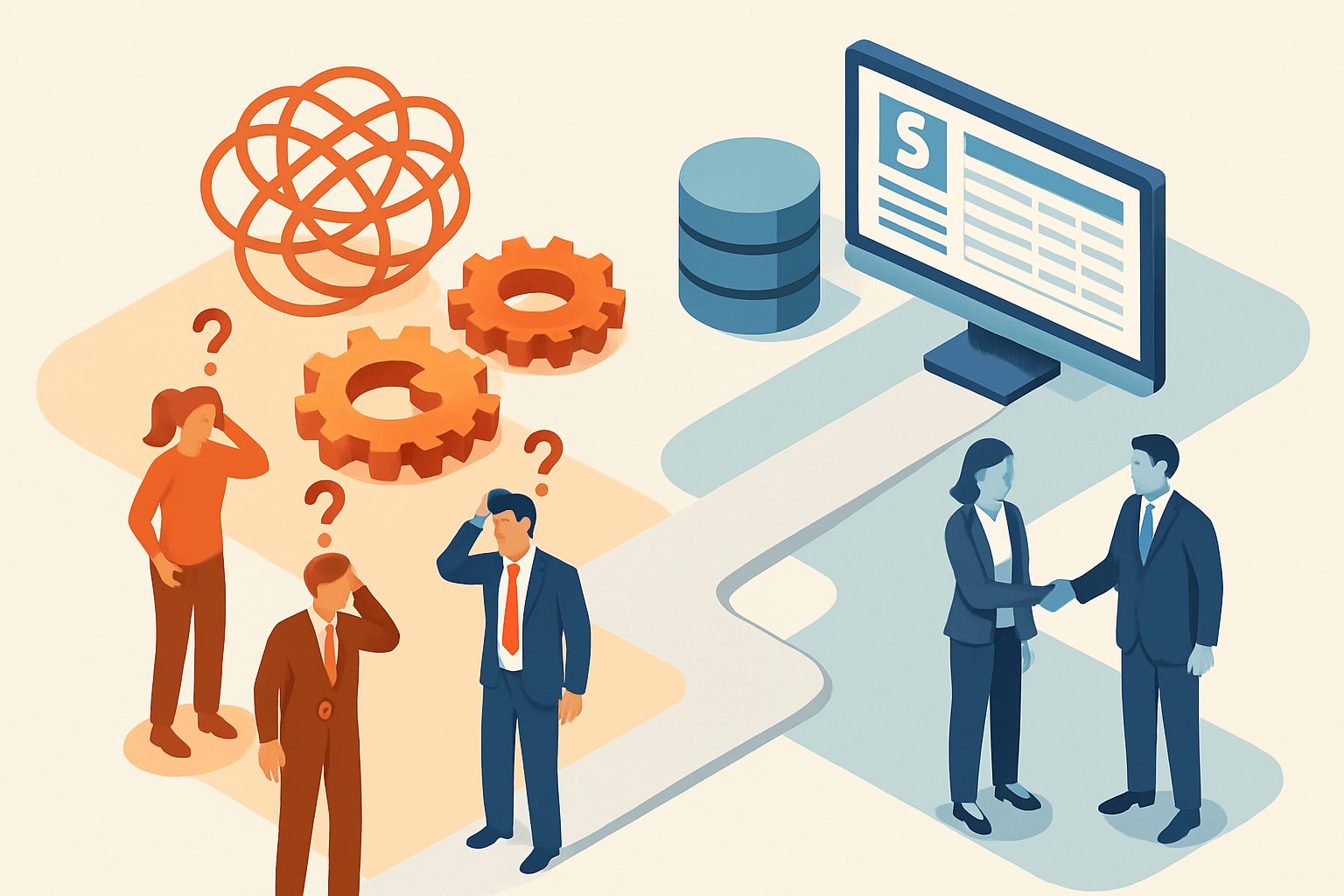
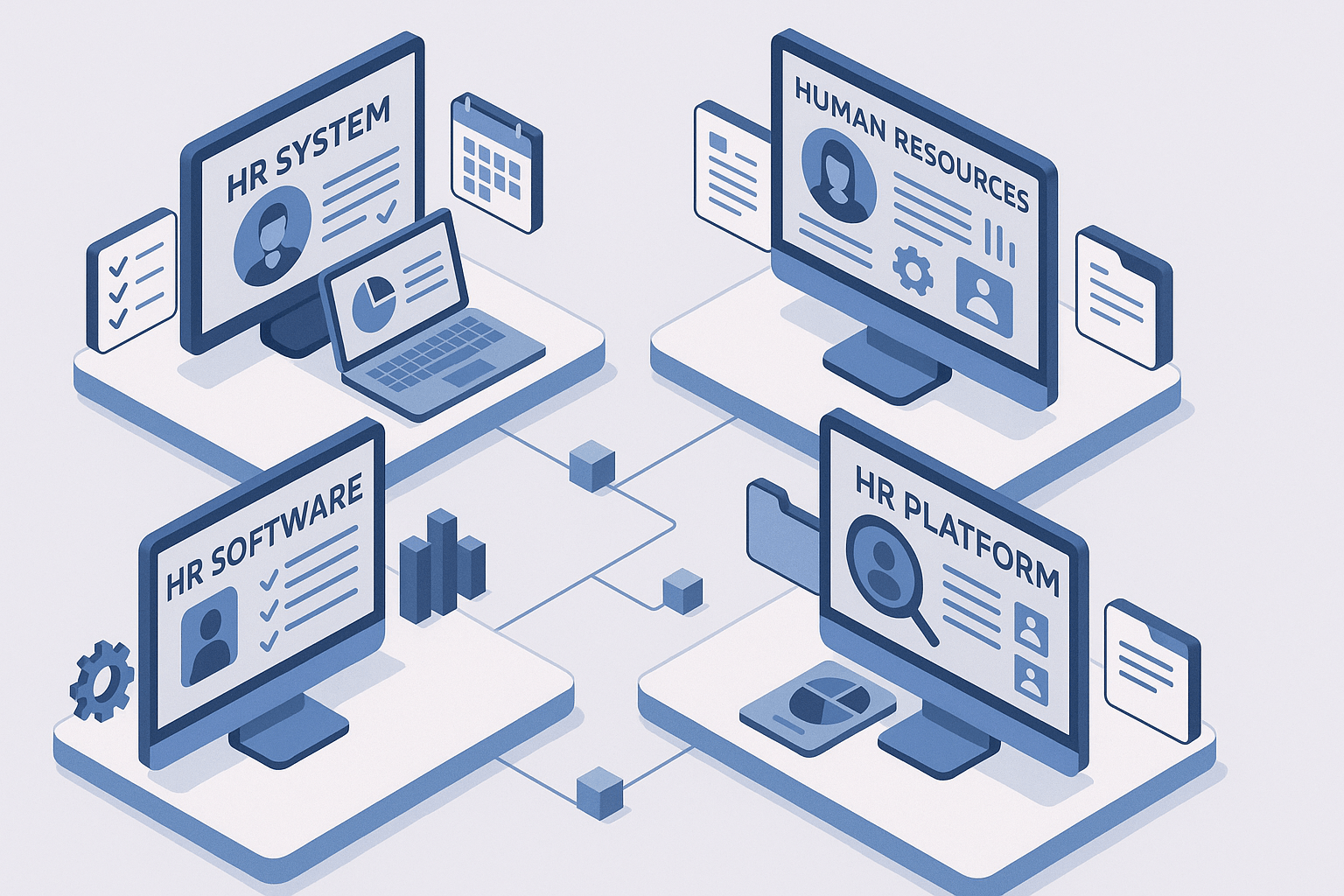



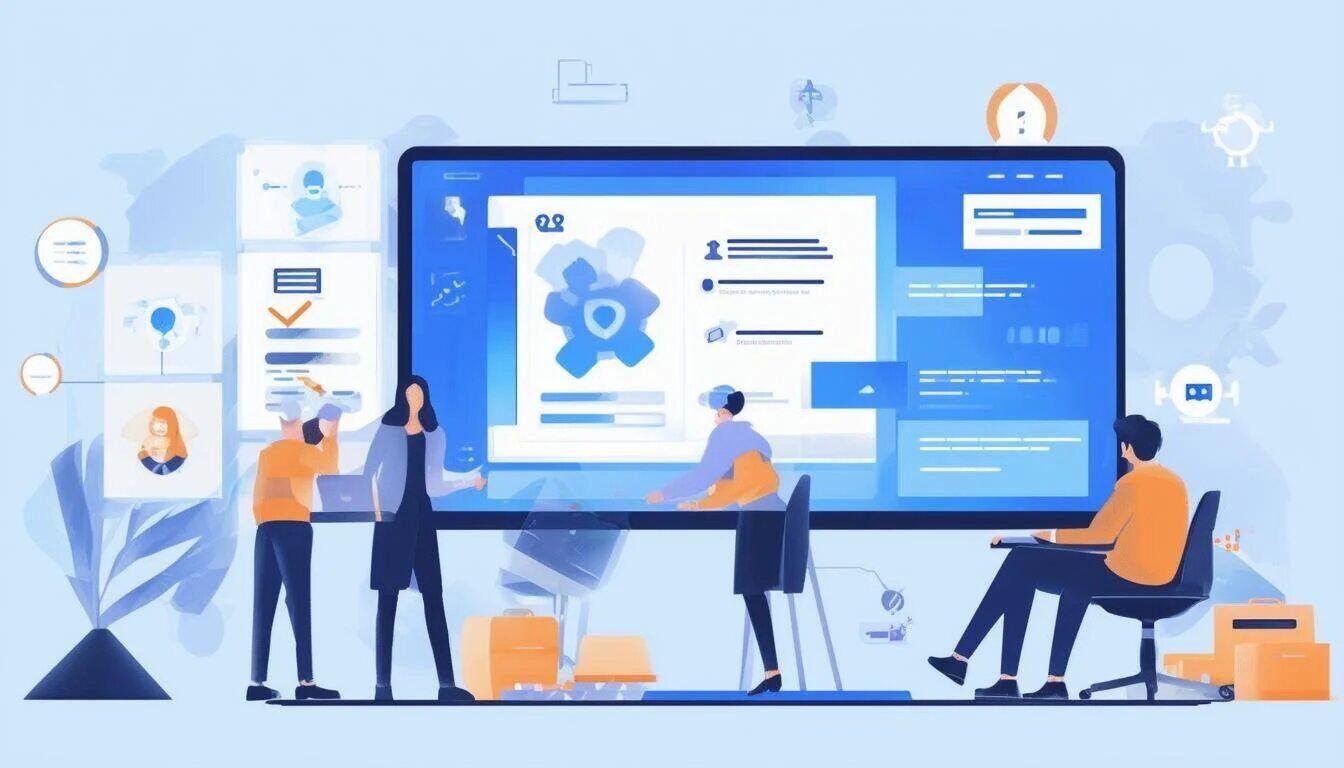
.webp?width=1080&height=1080&name=HR%20blocks(1).webp)
.jpeg?width=1024&height=1024&name=happy%20employees%20working%20together%20outside%20in%20the%20fall%20time(1).jpeg)
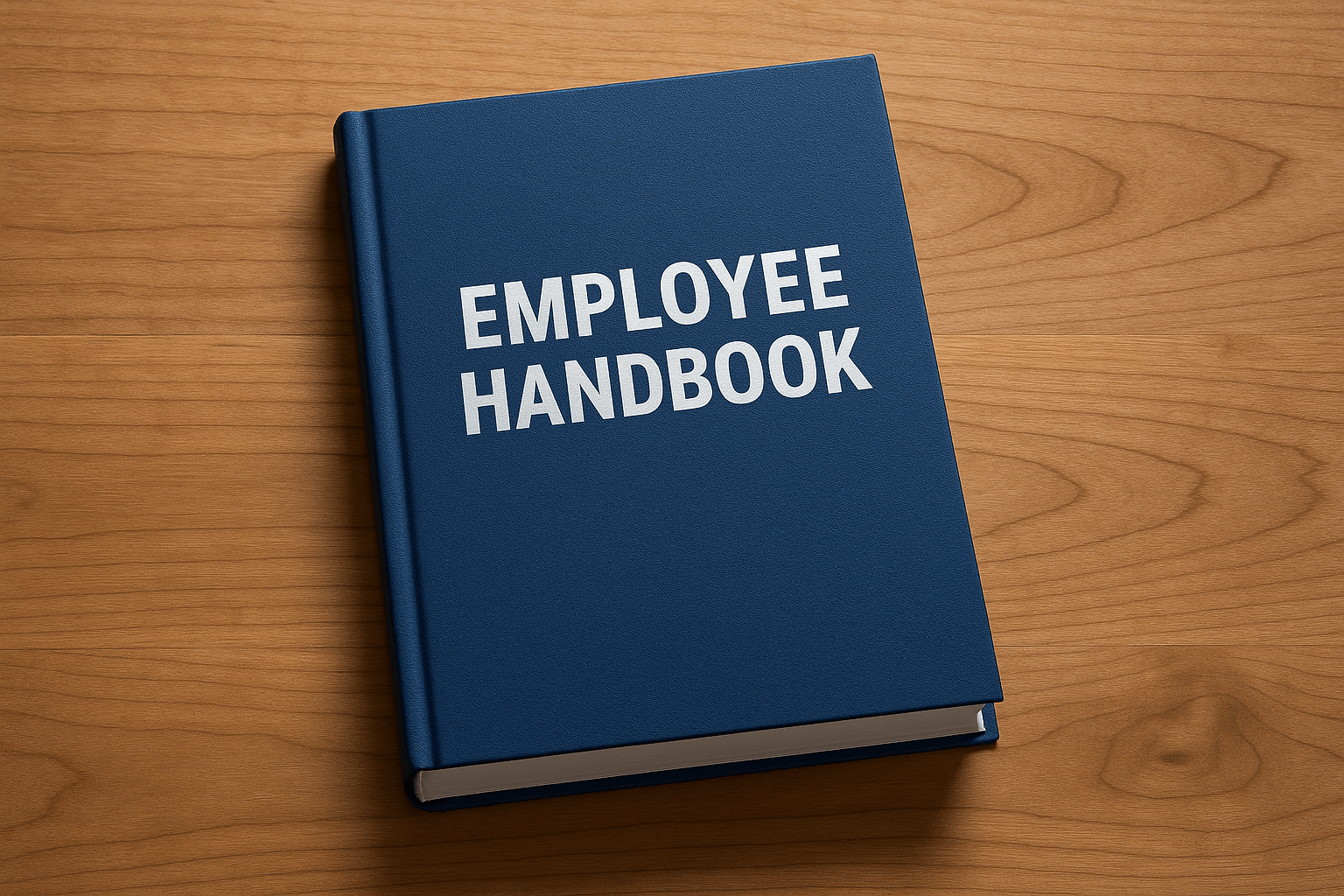

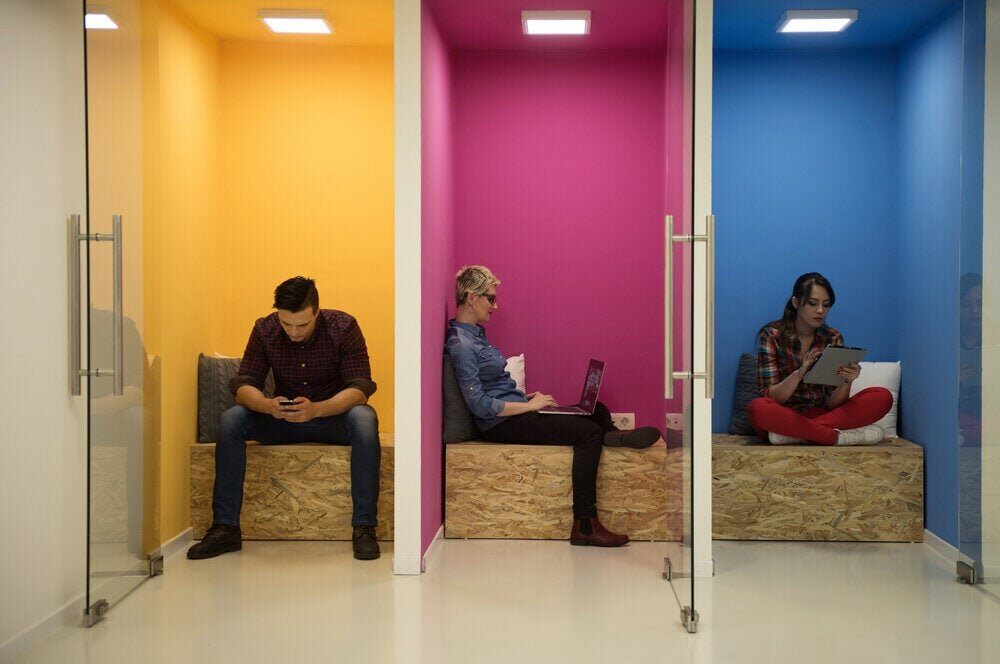





.jpeg?width=1344&height=768&name=Employee%20Retention%20Credit%20in%20amiercan%20english%20spelled%20across%20blocks(1).jpeg)

